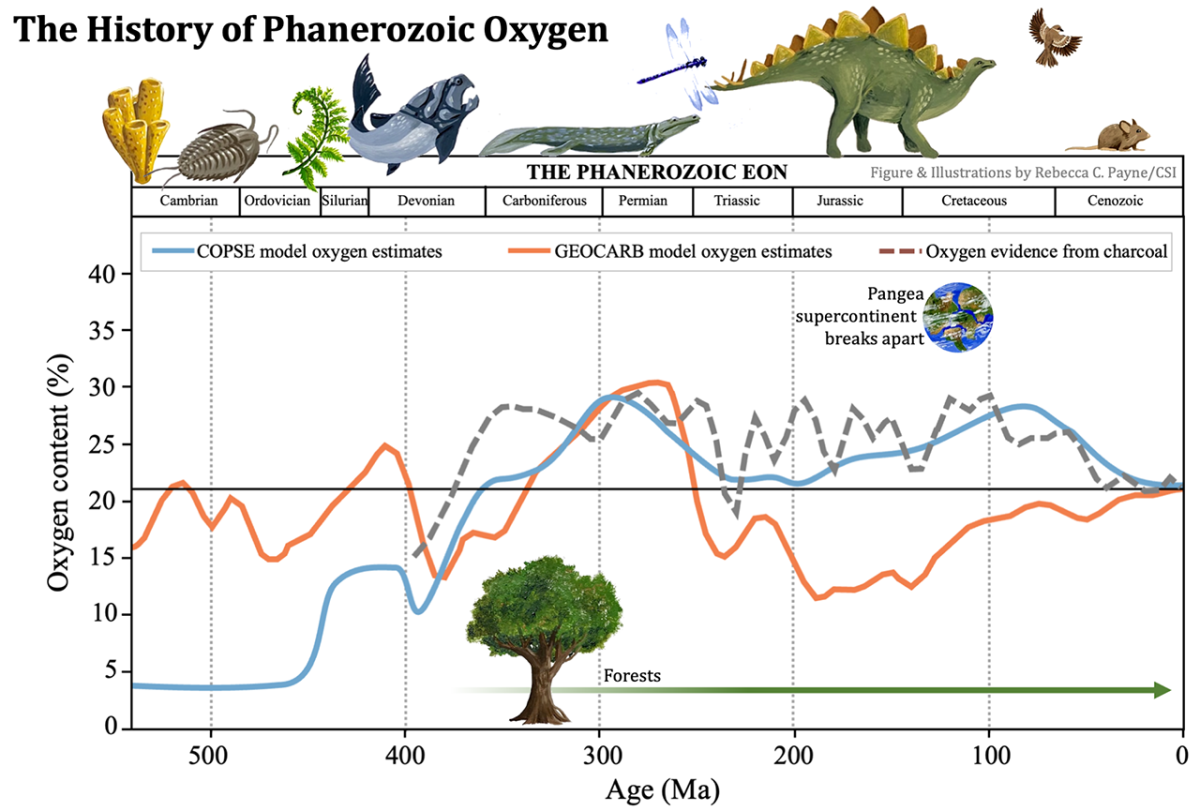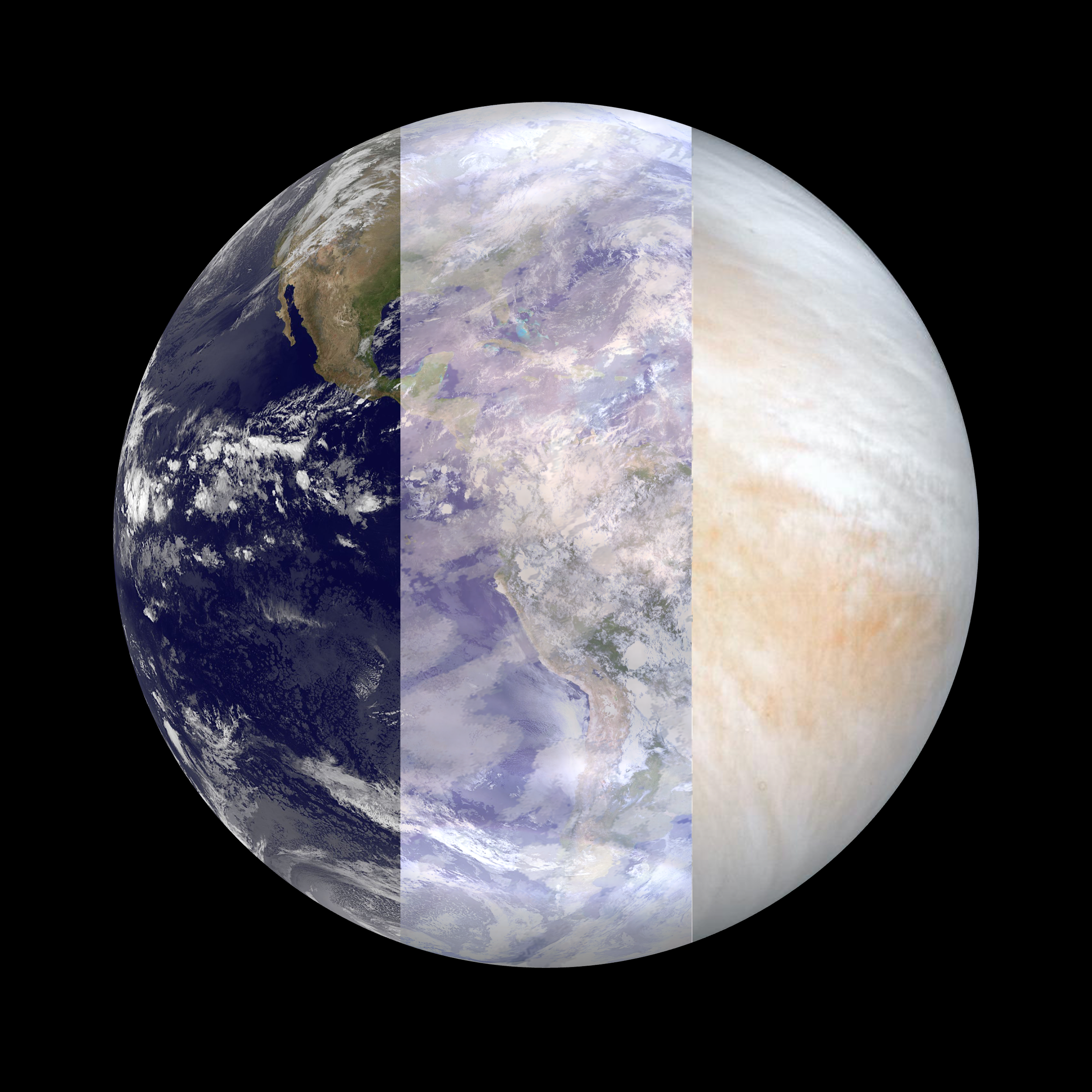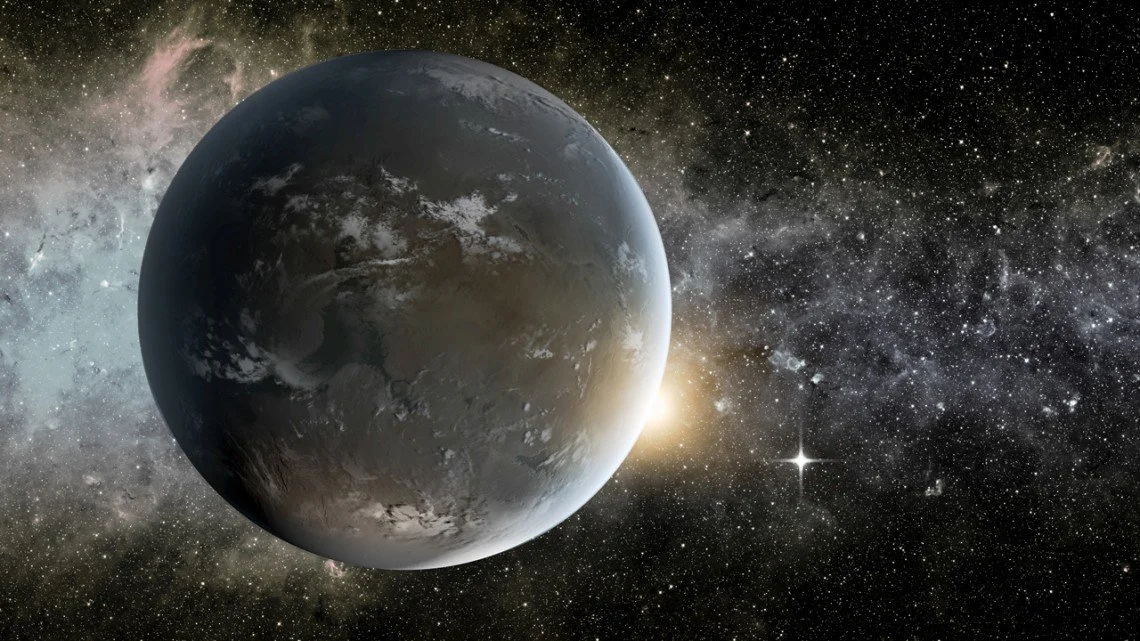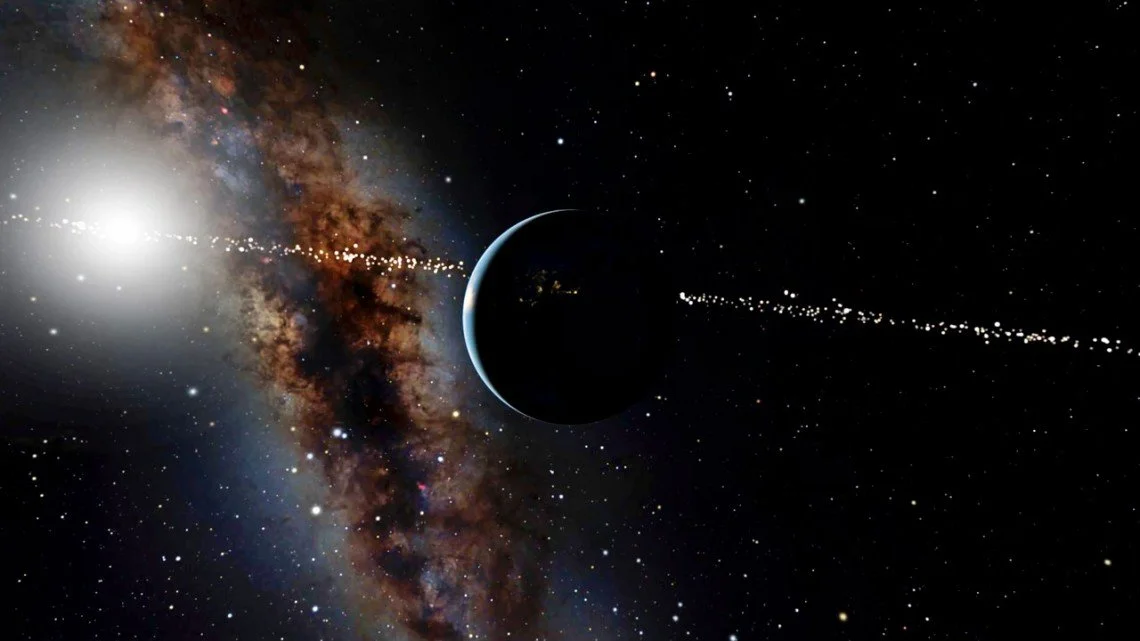
RESEARCH: How to find Life in the Cosmos
The detection of exoplanets orbiting other stars has revolutionized our view of the cosmos. First results suggest that it is teeming with a fascinating diversity of rocky planets, including those circling in the habitable zone of their stars. Using our own planet and its wide range of biota as a Rosetta stone, we explore how we could detect signs of life on exoplanets. For the first time in human history, we have developed the technology to detect potential habitable worlds.
Prof. Kaltenegger is the author of more than 100 peer-reviewed publications, some of which are featured below. A full list of the research papers can be found here.
A BOLD IDEA: Prof. Kaltenegger is the Carl Sagan Institute (CSI) founding director at Cornell. CSI is bringing thinkers from many different departments together to create the tools to find life in the Cosmos. Based on the pioneering work of Carl Sagan at Cornell, our interdisciplinary team is developing the forensic toolkit to spot signs of life on other worlds, inside the Solar System, and outside of it, on planets and moons orbiting other stars. For more information, visit the Carl Sagan Institute website.
Videos on Lisa Kaltenegger’s research
Searching for Life in the Cosmos - The Carl Sagan Institute (credit Cornell)
Could Dead Stars Host Life? (credit: Cornell)
Where are we the Aliens? (credit Cornell)
Bifluorescence: New Signs of Life? (credit Cornell)






